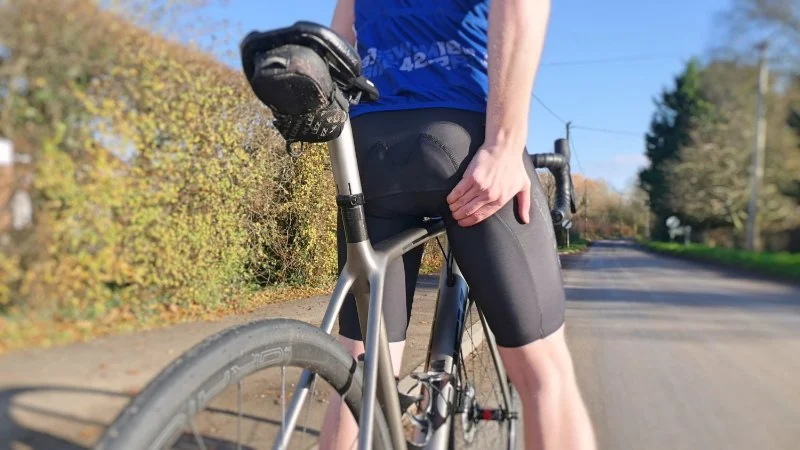
How to Avoid Sore Hips From Long Hours in the Saddle
- Understanding Hip Pain in Cycling
- Causes of Hip Pain in the Saddle
- Tips to Avoid Sore Hips from Cycling
- Adjusting Your Saddle for Comfort
- Improving Posture and Cycling Techniques
1. Understanding Hip Pain in Cycling
Cycling is an excellent form of exercise, but long rides can sometimes lead to discomfort or pain, especially in the hip area. If you've spent hours in the saddle, you might have experienced soreness in your hips. This can happen even if you’re not new to cycling, and it's common among riders who cycle frequently or for extended periods.
Hip pain in cycling is typically caused by poor posture, incorrect saddle height, or inadequate bike fit. However, it’s not just about discomfort; over time, persistent hip pain can result in more serious issues, affecting your performance and long-term health. In this article, we’ll discuss how to avoid sore hips from long cycling hours with expert advice on bike setup, technique, and posture adjustments.
2. Causes of Hip Pain in the Saddle
Several factors can contribute to hip pain while cycling. Identifying the root cause of your discomfort is key to preventing it in the future.
2.1. Poor Saddle Fit
One of the leading causes of sore hips is a poorly fitted saddle. A saddle that is too high, low, or wide for your body can cause you to shift uncomfortably in the saddle, placing unnecessary strain on your hips. It’s crucial that your saddle is not only the right size but also positioned properly for your riding style.
2.2. Incorrect Pedaling Technique
When cycling for long hours, your pedaling technique plays a significant role in how much strain is placed on your hips. An inefficient pedal stroke or excessive force can lead to muscle fatigue and discomfort, especially in your hip flexors. It’s important to maintain a smooth, circular pedaling motion to reduce unnecessary stress on your hips.
2.3. Lack of Flexibility
Limited flexibility, especially in the hips and lower back, can exacerbate discomfort during long rides. If you’re not flexible enough to properly position yourself on the bike, it can cause misalignment and increase the likelihood of hip pain.
2.4. Prolonged Pressure on Hips
Riding for extended periods without adjusting your position or taking breaks can cause your hips to bear constant pressure. Over time, this pressure can cause soreness, stiffness, and even inflammation in the hip area.
3. Tips to Avoid Sore Hips from Cycling
Now that we understand the causes of hip pain, let’s explore several ways you can prevent it and make your cycling experience more comfortable:
3.1. Adjust Your Saddle Position
Start by ensuring your saddle is positioned correctly. The height and angle of your saddle should allow for a natural leg extension, reducing stress on your hips. The saddle should not be too high, as this can force your hips to overextend, or too low, which can create an unnatural riding posture.
Adjust the saddle tilt as well. A forward-tilted saddle can cause you to slide forward and create unnecessary pressure on your hips, while a rear-tilted saddle can cause discomfort in your lower back.
3.2. Take Frequent Breaks
On long rides, make sure to take breaks every 30 to 45 minutes. This allows your body to stretch, change position, and relieve pressure on your hips. Stand up, walk around, and stretch your hip flexors to keep blood flowing and reduce stiffness.
3.3. Wear Proper Cycling Shorts
Cycling shorts with adequate padding can provide extra comfort and reduce the friction that leads to sore hips. Look for high-quality cycling shorts that offer sufficient padding for long rides, as they will help distribute pressure more evenly across your hips and pelvis.
3.4. Improve Your Pedaling Technique
To reduce strain on your hips, focus on developing an efficient pedaling technique. Use a smooth, circular motion with a steady cadence. Avoid overexerting yourself by using excessive force, as this can lead to fatigue and hip discomfort.
4. Adjusting Your Saddle for Comfort
Adjusting your saddle is one of the most effective ways to prevent sore hips. A proper fit can significantly improve comfort and reduce strain during long rides:
4.1. Saddle Height
Set the saddle height so that your knees are slightly bent at the bottom of each pedal stroke. This will ensure that your legs are fully extended while preventing overextension of the hips. If your saddle is too high, your body will shift awkwardly, and if it’s too low, your hips will remain in a flexed position for too long.
4.2. Saddle Angle
Ensure that your saddle is level or slightly tilted forward. A steeply tilted saddle can lead to excessive pressure on your perineum and hips, while a flat or backward tilt can lead to lower back pain.
4.3. Saddle Type
Consider investing in a saddle designed for comfort during long rides. Look for saddles that provide ample cushioning and support, especially if you experience discomfort frequently. There are also saddles designed specifically for riders with hip pain or riders who spend long hours in the saddle.
5. Improving Posture and Cycling Techniques
Proper posture and technique play a significant role in avoiding sore hips. Here are some key practices to improve your riding experience:
5.1. Keep a Relaxed, Upright Posture
A relaxed and upright posture allows your hips to remain in a natural position. Avoid slouching or leaning forward excessively, as this can cause your hips to bear more weight, leading to discomfort.
5.2. Core Engagement
Engage your core muscles to provide better support for your hips and lower back. A strong core helps distribute the pressure from pedaling more evenly across your body, reducing strain on your hips and preventing soreness.
5.3. Stretch Regularly
Incorporating regular stretching into your routine can improve flexibility and reduce the risk of hip pain. Focus on stretching your hip flexors, hamstrings, and lower back to maintain flexibility and improve your cycling posture.
6. When to Consult a Professional
If you continue to experience hip pain despite making these adjustments, it might be time to consult a professional. A bike fitting expert can assess your riding posture, saddle position, and overall bike setup to ensure everything is optimized for comfort. Additionally, a healthcare provider can provide specific exercises or treatments for hip pain.
By taking these steps, you can enjoy longer and more comfortable cycling sessions without worrying about sore hips. Remember, consistency in maintaining proper technique and adjusting your bike setup is key to preventing discomfort.




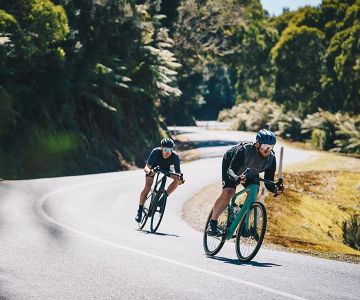
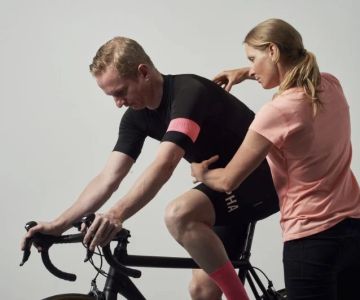

 Bicycle Ranch Tucson4.0 (145 reviews)
Bicycle Ranch Tucson4.0 (145 reviews) La Habra Cyclery4.0 (105 reviews)
La Habra Cyclery4.0 (105 reviews) Trek Bicycle - Naperville4.0 (176 reviews)
Trek Bicycle - Naperville4.0 (176 reviews)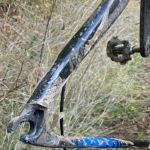 KHS Inc4.0 (27 reviews)
KHS Inc4.0 (27 reviews)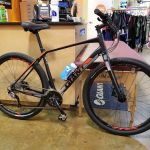 Outspokin Bicycles Clearwater4.0 (608 reviews)
Outspokin Bicycles Clearwater4.0 (608 reviews) Phat Tire Bike Shop4.0 (127 reviews)
Phat Tire Bike Shop4.0 (127 reviews) How to Teach Kids to Ride a Bike: A Step-by-Step Guide for Parents
How to Teach Kids to Ride a Bike: A Step-by-Step Guide for Parents Tips for Riding on Busy City Streets: Smart Strategies for Urban Cyclists
Tips for Riding on Busy City Streets: Smart Strategies for Urban Cyclists Best US National Parks for Mountain Biking: Ride Epic Trails Across America
Best US National Parks for Mountain Biking: Ride Epic Trails Across America Best Aero Helmets for Time Trials and Racing
Best Aero Helmets for Time Trials and Racing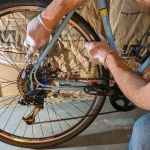 How to Clean and Lubricate Your Bike Chain Like a Pro
How to Clean and Lubricate Your Bike Chain Like a Pro 10 Must-Have Items for Long-Distance Cycling Trips
10 Must-Have Items for Long-Distance Cycling Trips